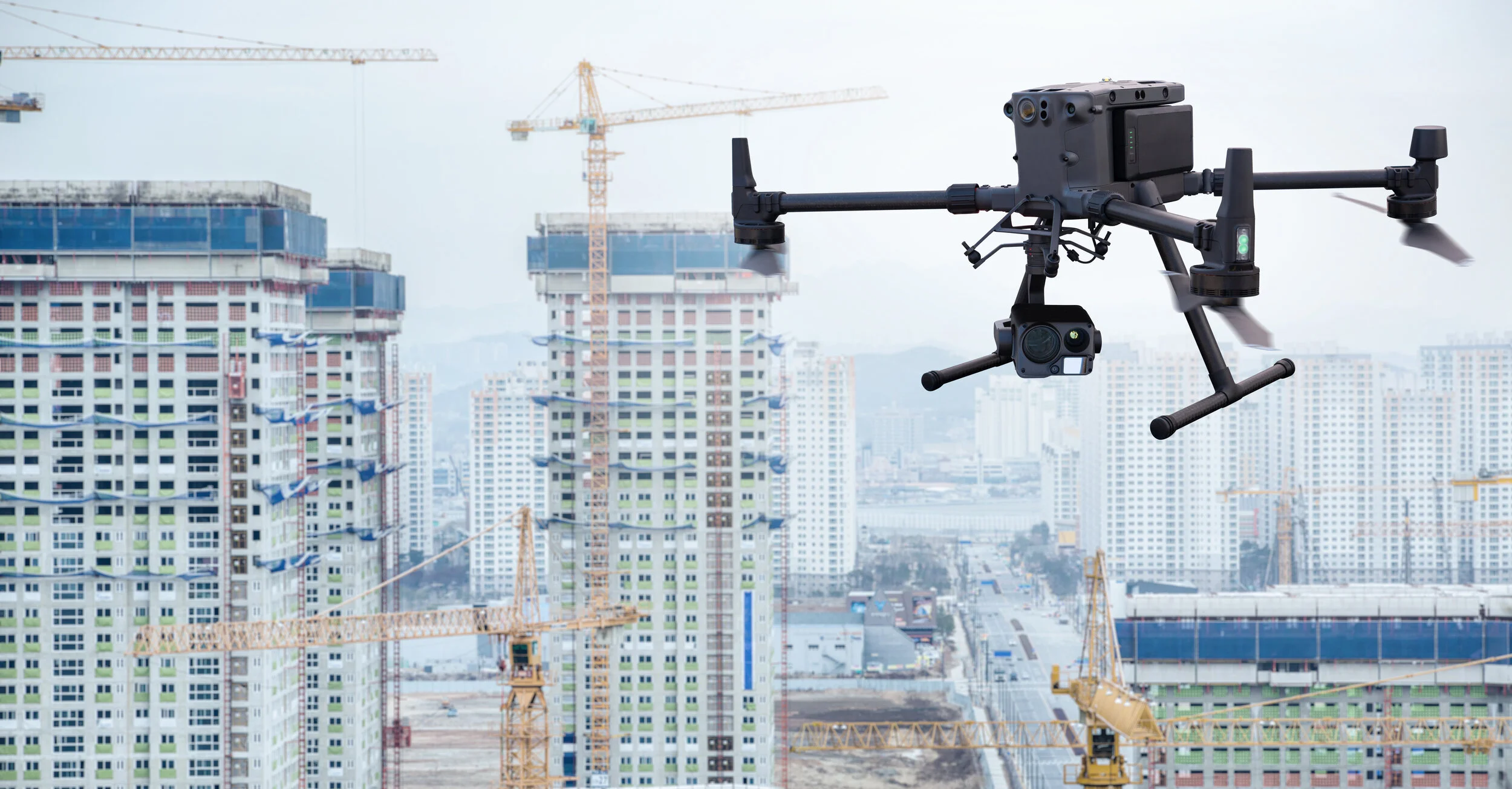Lloyd’s Register and Avetics Global conducted an internal inspection of an LNG Moss tank using an unmanned aerial vehicle
/LR and Avetics Global Pte Ltd have successfully conducted a close-up survey of an LNG Moss tank using Remote Inspection Techniques (RIT) by means of an unmanned aerial vehicle (UAV) also known as a ‘drone’. This milestone in use of RIT will pave the way for a safer, more efficient and low-cost method of surveying LNG Moss tanks.
By use of the camera mounted on the Avetics drone, the Avetics drone operators and LR class surveyors visually inspected the weld seams of the Moss tank for signs of cracks and structural deformation in just a few hours. This solution offers potential cost savings of up to 90% when compared to the traditional method of erecting scaffolding. Avetics were able to produce inspection images the same day, a process that would usually take weeks if scaffolding were used.
“We are delighted to have worked with Lloyd’s Register to conduct an LNG Moss tank survey using an unmanned aerial vehicle. We worked with LR to conduct prior trials which enhanced our drone techniques for use in an LNG Moss tank environment. In the trials, we found that a typical drone encountered signal interference in the Moss tank, so we had to engineer a tether solution to solve this; ‘said Zhang Weiliang, CEO and Founder at Avetics Global Pte Ltd. “Our next step is to use artificial intelligence to automatically detect defects or areas of interest for the surveyor in real- time, so we can further increase efficiency; ‘ he added.
Kim Fei Liew, LR’s Ship Inspection and Assessment Services Manager, commented: ” When used in appropriate scenarios, Remote Inspection Techniques hold great value for LR and our clients and offer a time-efficient solution. The risk of surveyors, ship representatives/ superintendents and shipyard personnel working at height remains a concern. Conducting a survey using an unmanned aerial vehicle eliminates this risk. Prior to the inspection, Avetics conducted successful tests with TOV SOD on known weld seam defects and captured footage of these defects in an enclosed space to simulate the conditions of an LNG Moss tank.”
LR’s Global Head of Survey and Inspection, Richard Beckett added: ” This is a significant milestone in advancing the use of RIT in the undertaking of our surveys; an important next step, in which we are engaged, is to develop the capability to undertake NOE and thickness measurements using an RIT. This will complement the use of a RIT to conduct a close-up survey and further reduce the need to work at height.




























